On the development history of Guoyu and Tianyu in various historical periods
Everything will have its own growth process, and the evolution of our humanity is the best example. The intelligence level of modern people's heads is already unpredictable, and we all know that such results are also formed by the long evolution of apes. Just as Hetian jade culture has formed a very perfect system in today, what kind of development process did it experience at the beginning? Let us find out.
Neolithic
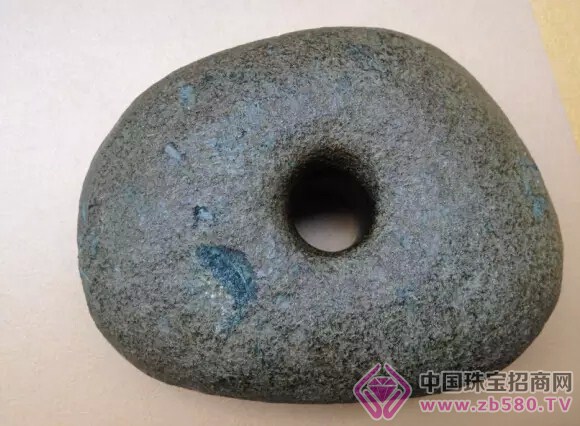
Based on archaeological data, we can know that there are jade artifacts in all aspects of people's lives in the Neolithic Age. However, the jade artifacts unearthed by today's archaeological excavations have been carefully appreciated and found to be of low artistic value. Perhaps because of the lack of experience in making jade articles at that time, the jade shape created is very simple. In addition, the techniques and tools for carving jade articles are limited, so most of the jade articles have no ornamentation.
Xia Shang Zhou period
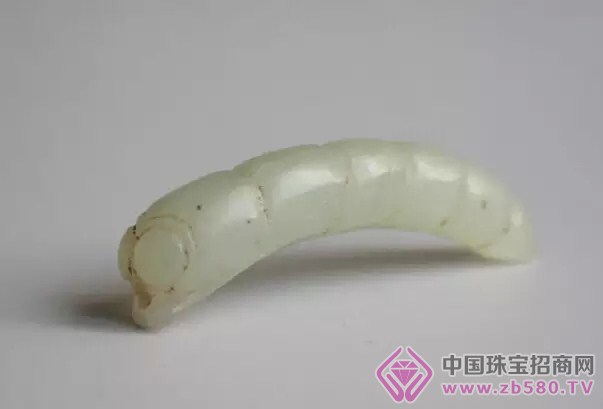
By this time, jade became a symbol of ritual and political status, and its shape and ornamentation gradually enriched. Since the development of jade has been going on for some time, the manufacturing skills of jade have improved. Coupled with the development of culture, people's ability to appreciate art has also been greatly improved, so there is a deeper understanding of how to beautify jade itself. For example, the jade products of the Shang and Zhou Dynasties will be more engraved with patterns, such as dragon, phoenix, and moiré.
Spring and Autumn Period
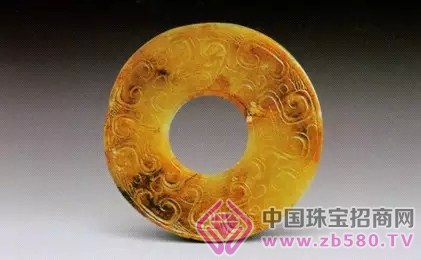
During the Spring and Autumn Period and the Warring States Period, jade has been used as a carrier for the spread of Confucianism. There were many kinds of jade articles in this period, including more than 30 varieties of ç’§, ç®, åœ, 玦, 佩, ç’œ, 管, and beads. Some scholars are divided into ceremonial jade, funeral jade, decorative jade according to their use. Practical jade and other four categories. According to this, it can be clearly felt that the jade production in this period is more exquisite and refined, and the grasp of the type is more and more skilled. Therefore, it can be seen that during this period, both the shape of the jade and its cultural value have been further enriched.
The Wei and Jin Dynasties
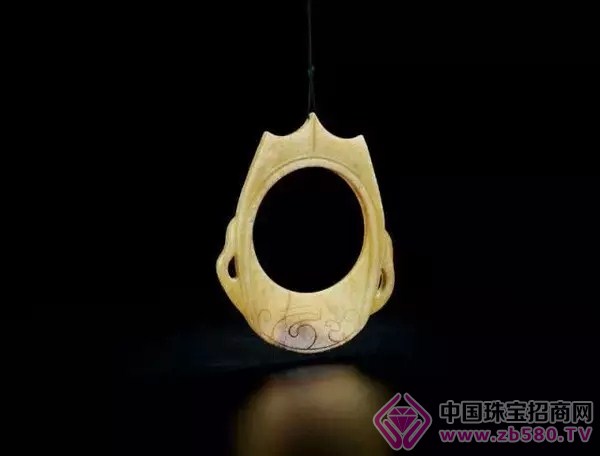
Generally speaking, the jade articles of the Wei, Jin, Southern and Northern Dynasties were far less inferior to the Han Dynasty. During the Wei, Jin and Southern and Northern Dynasties, the Chinese jade culture was in a transitional period from classical to medieval. The jade in this period gradually became decorative jade and practical appreciation jade. The jade began to go to the folk. Its engraving style was simple, simplified, and simple. Prime.
Tang and Song Dynasty
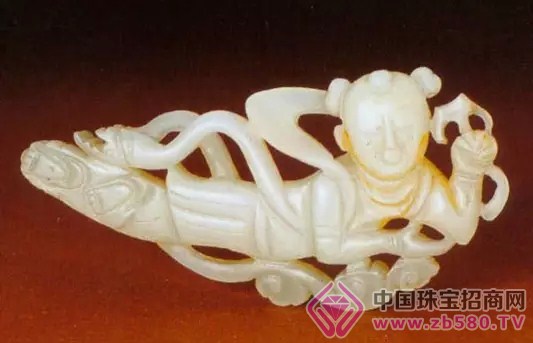
For the history of Chinese jade development, Tang and Song jade can be said to have opened a new chapter. Beginning with the Tang Dynasty, with the transformation of historical background and the culture and art of Central Asia and West Asia into the Central Plains region, jade gradually faded away from the mysterious and sacred aura and entered the homes of ordinary people. In the Song Dynasty, due to the rapid development of the urban economy and the rise of the citizen class, the process of commercialization and secularization of jade articles was accelerating. Since the Tang Dynasty, most of the jade materials used Hetian jade. The jade pattern has been more complete during this period, and the lines of carving are also very delicate and vivid. Beginning in the Tang Dynasty, floral patterns began to be used on jade, and the carved flowers resembled real objects.
Yuan Dynasty
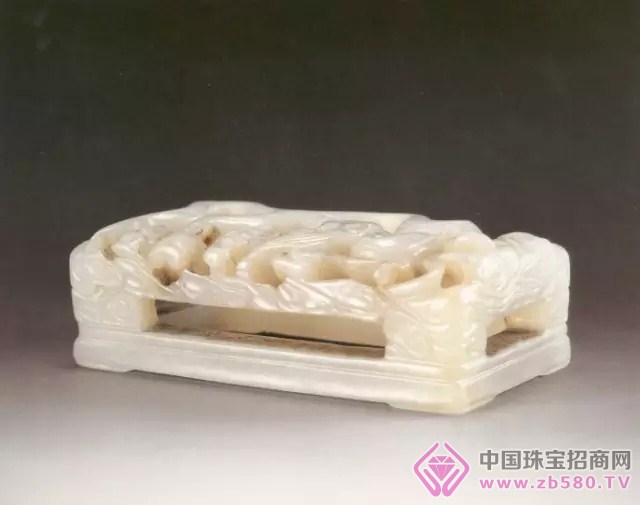
The jade articles of the Yuan Dynasty were developed on the basis of inheriting the Song and Liao gold jade articles. The mutual penetration of various national cultures brought vitality to its development. The materials used in the Yuan Dynasty jade are mainly Hetian Baiyu and Qingbaiyu. The representative of the processing technology is the multi-layer hollowing out. The multi-layer hollowing technique has been used to the extreme in the Yuan Dynasty. In addition to carving a double-layer pattern on the plane, it can also be carved on the jade material. The flower can reach five or six layers, and the layers of each layer are distinct. With a strong perspective effect.
Ming and Qing Dynasty
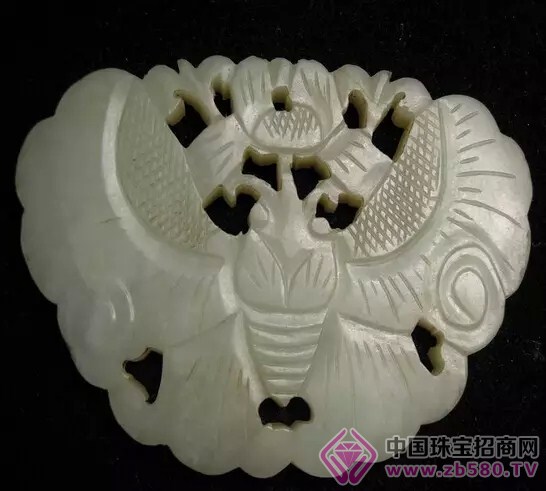
The jade artifacts of the Ming and Qing Dynasties varied and varied in shape. Especially in the Qing Dynasty, Yugong was good at drawing on the achievements of painting, sculpture and arts and crafts. It was a collection of traditional crafts such as Yinxian, Yangxian, Hollow, and Pretty, and the artistic style of the past, and absorbed the influence of foreign art. It has created and developed a craftsmanship and a highly decorative jade craft, with distinct characteristics of the times and high artistic attainments.
Modern jade
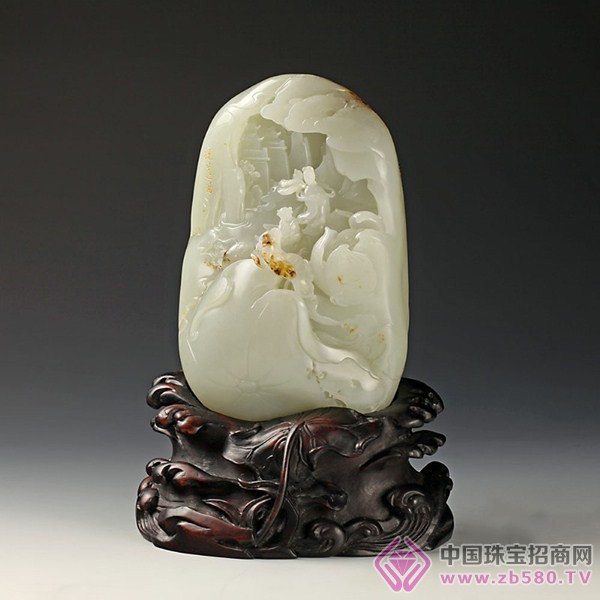
White jade seed material mountain carving - picking lotus
Since the reform and opening up, the development of the jade carving industry has grown. With the development of the process and the great improvement of Hetian jade's engraving techniques, the jade carving master can completely carry out the imaginary things in the works. The value of Hetian jade itself, combined with the artistic value of craftsmanship, has already demonstrated considerable collection value in today's society.
Men's Stand Collar Shirt,Men's Long Sleeve Shirt,Men's Plaid Shirts,Men's Yarn Dyed Shirts
SHAOXING YUBO IMP AND EXP CO LTD. , https://www.yubogarments.com